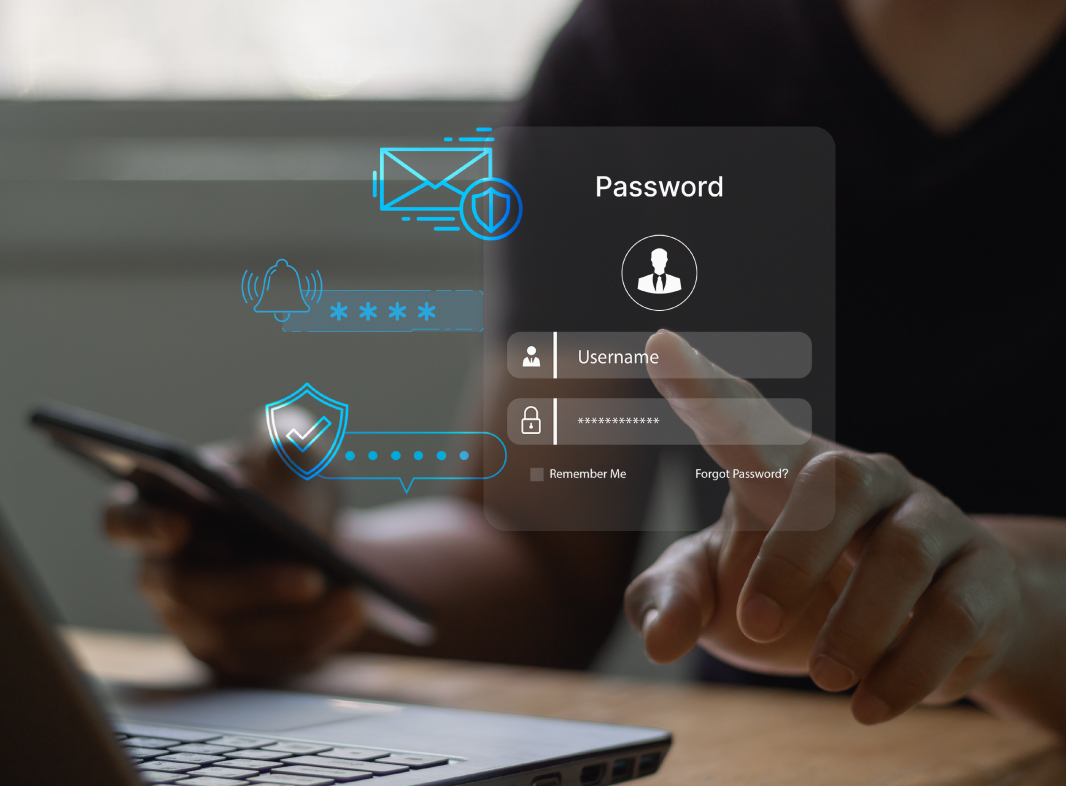Government
Cyber Resilience for Public Sector Agencies
Government networks are high-value targets for ransomware and insider threats. Superna delivers zero trust data protection, classified data safeguards, and rapid recovery to ensure continuity and compliance across public sector systems.
The Rising Cost of Cyberattacks
Government agencies face limited IT budgets, strict compliance mandates, and sensitive operational data. Superna helps you detect ransomware early, isolate infected systems, and validate secure recovery for regulated data environments.
Zero Trust Protection for Classified and Sensitive Data
Quarantine infected file systems, block access, and isolate threats before they spread.
Roll back to known-clean backups that align with security clearance and data governance rules.
Generate instant audit logs and evidence for regulatory frameworks like FISMA, FedRAMP, and NIST.
Role-based segmentation and access policies for internal users, contractors, and administrators.
Link file storage events to your agency’s existing ITSM workflows and response platforms.
Support for isolated networks and sensitive environments requiring offline or air-gapped protection.
Superna supports:
- FISMA
- NIST 800-53
- FedRAMP
- CJIS
- ITAR
- Internal security frameworks.
Click-to-generate audit trails, classification-aware snapshots, and ServiceNow policy integration help you stay compliant with evolving mandates.
Proud member of:
NASCIO
Infragard
Cloud Security Alliance
See Superna in Action for Government
Superna helps government agencies detect threats early, recover safely, and meet compliance standards with zero trust architecture and purpose-built recovery tools.


